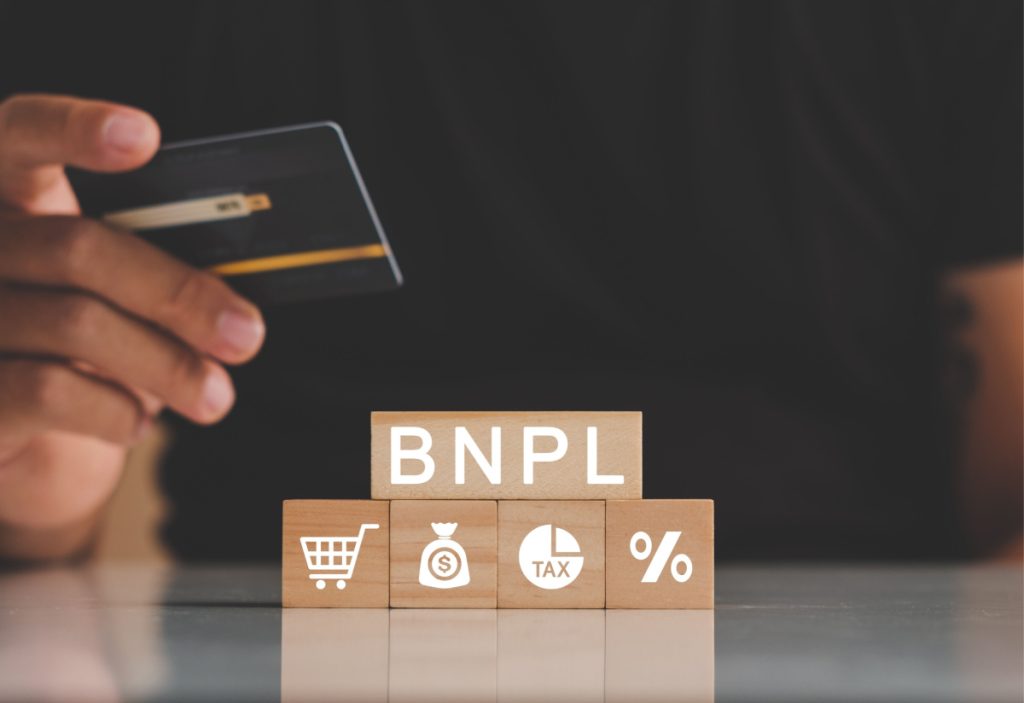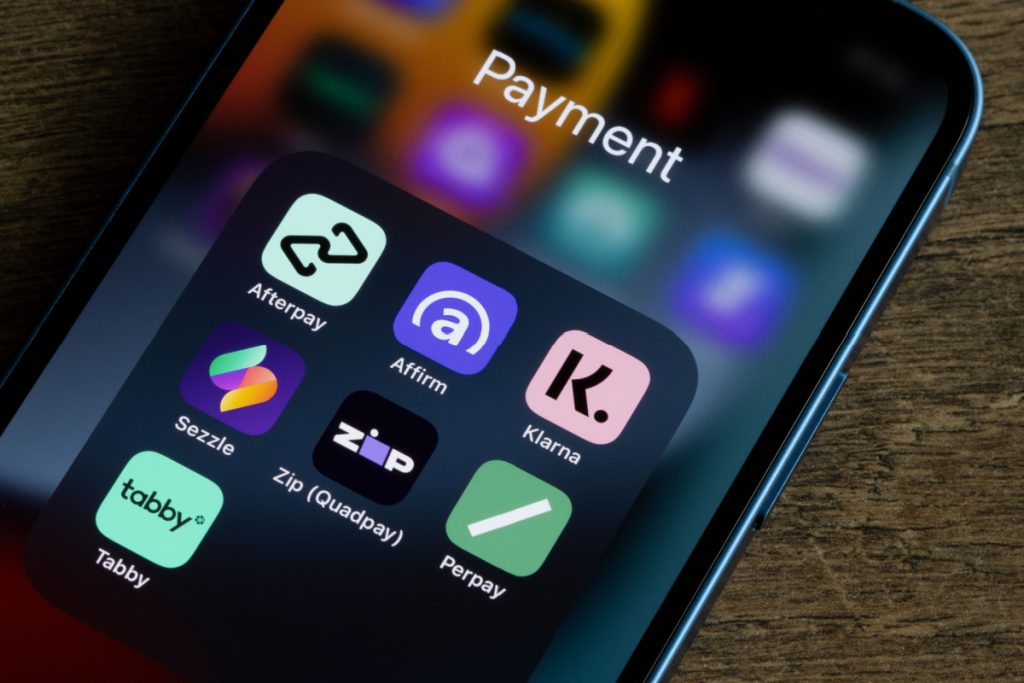Writing for Payment Expert, Brian Hanrahan, CEO of EML Payments firm Nuapay, explores how the Buy Now, Pay Later (BNPL) market will manage with the surge in inflation and interest rates as the global economy continues to take a hit.
BNPL is a type of short-term financing that allows consumers to make purchases and pay for them on a future date, usually in monthly instalments. The European BNPL market is expected to grow by 20.5% on an annual basis to reach US$184,658.3 million in 2023.
In recent years, consumer-focused offerings from Klarna and Clearpay have supercharged the market. Furthermore, the current economic climate has contributed to consumers looking at alternative financing options to purchase items, and 63% of UK consumers relied on BNPL to fund Christmas, according to Forbes Advisor.
The Bank of England has increased interest rates to 4%, which could put additional pressure on households to make ends meet. As BNPL has thrived in the previous low-interest and low-inflation economy, I ponder whether the current model can withstand inflationary pressures, and what impact this could have on merchants.

How does BNPL fair against inflation?
With the increase in base interest rates across many markets and the cost-of-living crisis also hurting peoples’ disposable incomes, it will likely become more difficult for people to keep up with their repayments.
In fact, Citizens Advice found that more than two in five BNPL customers have already borrowed money to make repayments. Most strikingly, 51% of 18-to-34-year-olds have needed to borrow money to pay off BNPL debt.
BNPL poses some challenges for merchants in an inflationary environment. As their business running costs increase, so could the cost of offering varied payment options. If BNPL providers increase the cost of their service to merchants, retailers will need to carefully consider the benefits provided.
For each BNPL purchase made, merchants are charged anywhere between 3-5% of the transaction value by the provider. This, coupled with any new regulation, could force merchants to reassess whether they can offer this payment option to their customers.
We could also see some merchants only offering BNPL on certain products where their margin is high enough to bear the additional costs.

Should BNPL companies adapt their offering?
Credit cards have traditionally been harder to access as they require affordability checks. BNPL can lower the barriers to entry for consumers. If consumer interest rates were to increase, we’d likely see consumer usage of BNPL services reduce and merchants reassessing the net financial benefit to them – i.e., whether increased sales bring more value than the increased cost of offering BNPL.
If the BNPL companies experience an increase in defaults on payments, they may choose to reduce lending or re-focus on higher-value purchases.
BNPL has seen greatest traction from 18-24 year olds, however, we’re now seeing increased demand from the 65+ generation, with almost a fifth of over 65-year-olds saying they have used BNPL (or intend to do so in the next 12 months), compared to less than 10% last year.
Different age groups will likely use BNPL for different kinds of items, so providers must ensure their product offerings are easy to access and offer new features or services to attract and retain customers. They will also need to manage the risk associated with their products and the increasing number of customers not making their repayments.

What about consumer protection?
Not all BNPL products are regulated under consumer credit regulation, and consumer protection is the likely next step for the industry. While the product’s popularity comes down to convenience, transparency and accessibility, there are concerns regarding how much people are borrowing and whether consumers understand the fine print.
Companies like Klarna not only offer the ability for consumers to spread payments across four instalments, but consumers can often extend the due date of their invoice by up to 10 days. While this can provide consumers with further relief should they struggle to make a repayment, this can result in additional fees that can be difficult to clear.
Consumers don’t have the full range of borrower protections compared to traditional loan agreements, so they must be aware of the risks. This responsibility will not only be enforced with pending regulation, but merchants could have an added responsibility to ensure a consumer has the funds to make repayments.
This year will see further changes in the market. As high interest rates and inflation persists, consumers will continue to curb spending as disposable income dwindles. BNPL providers must adapt to remain competitive, balancing the needs of consumers to spread more items over a prolonged period of time, while also ensuring merchants have a cost-effective payment option.























